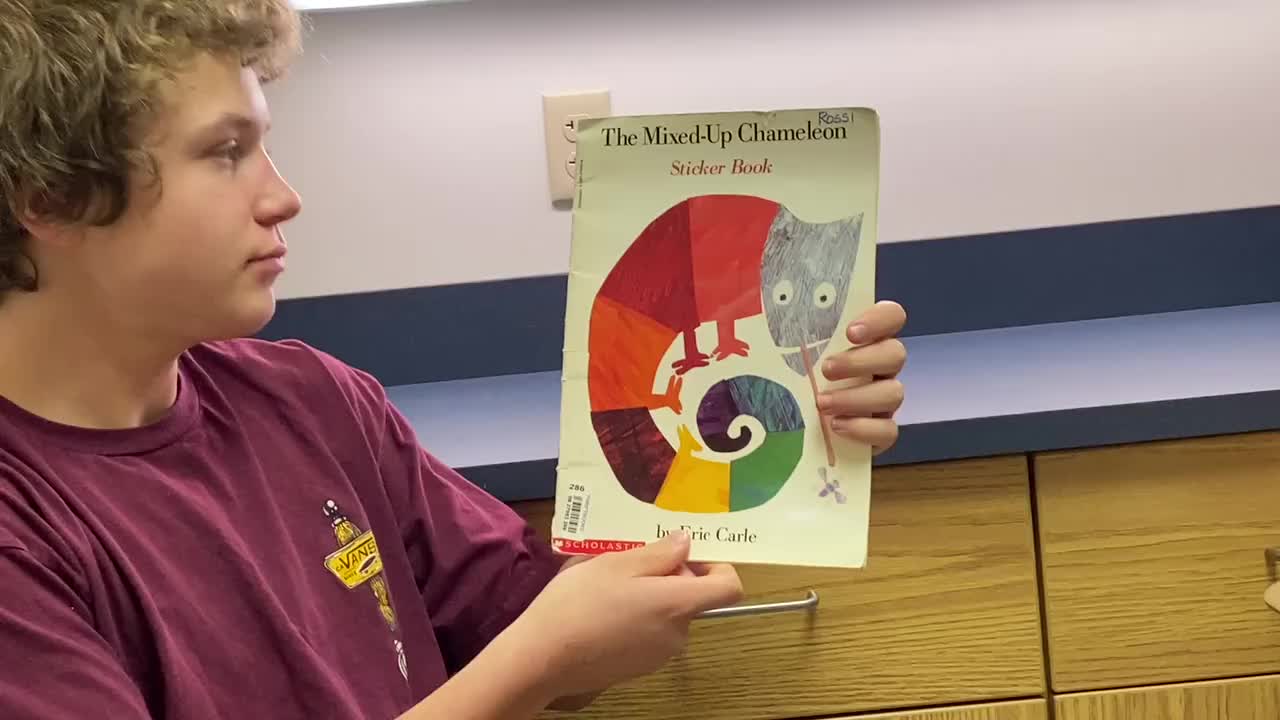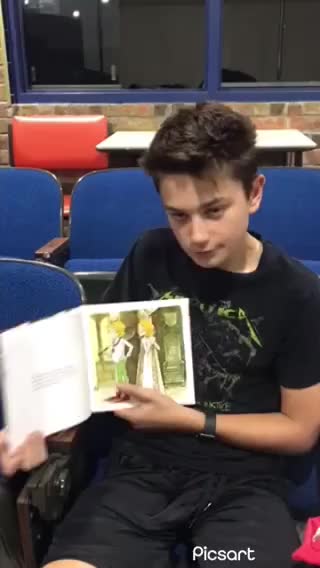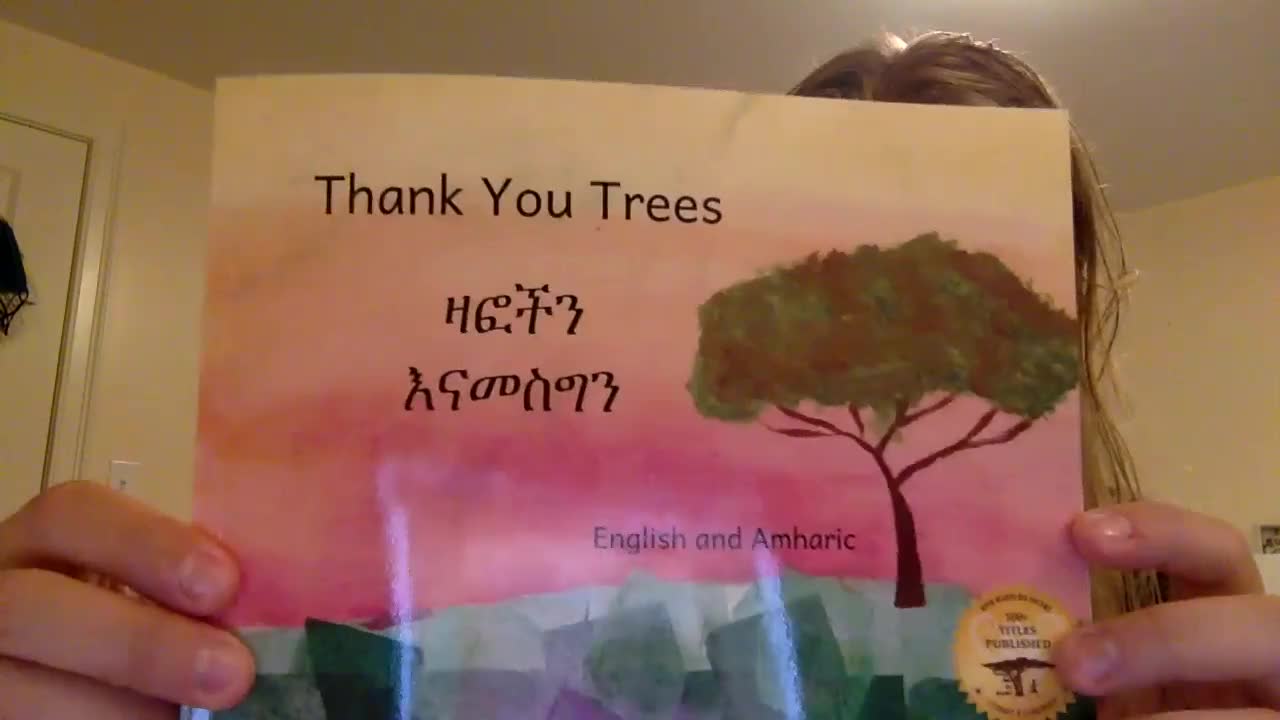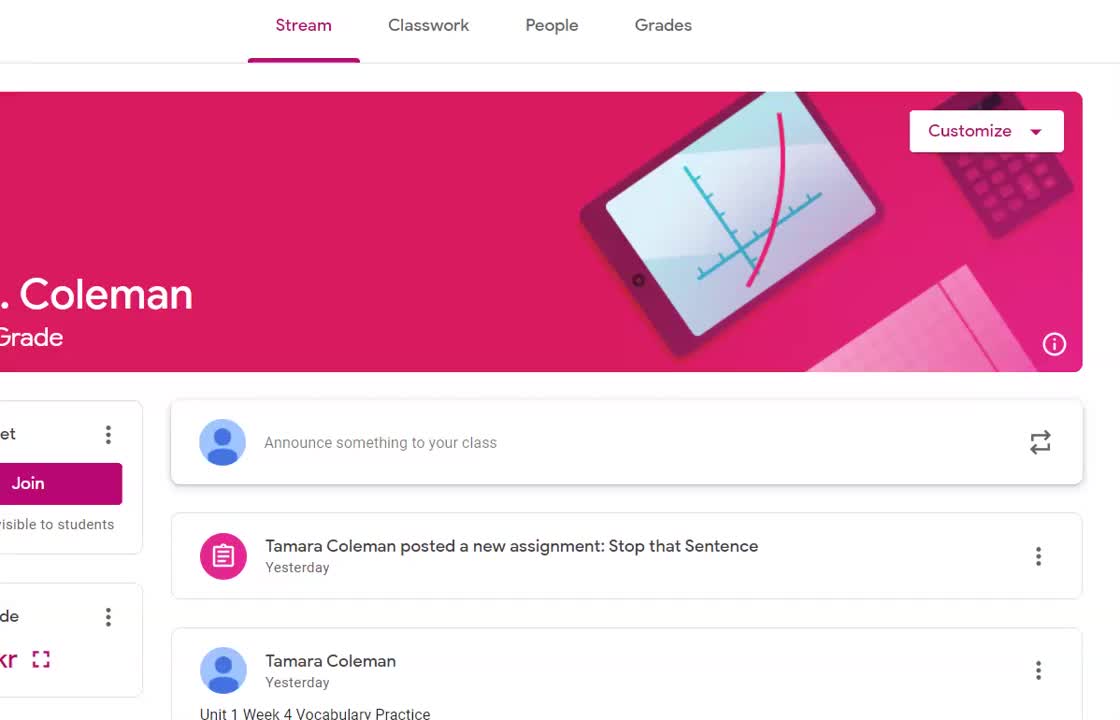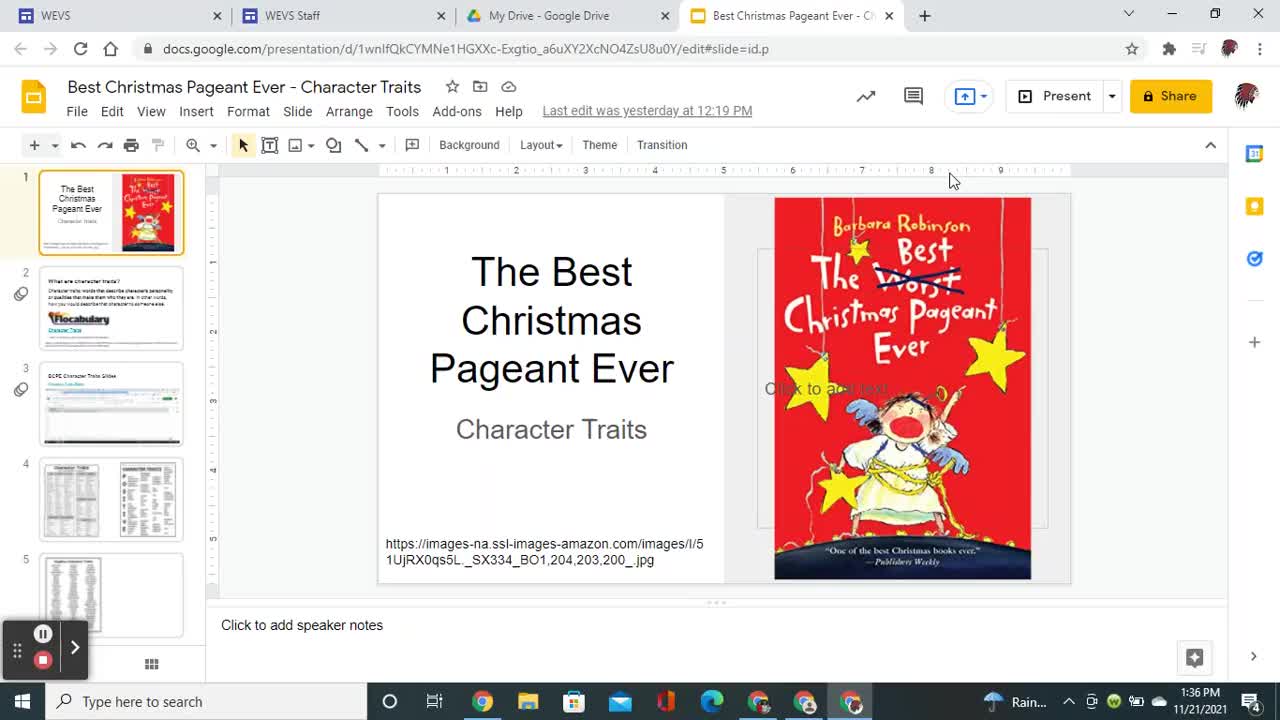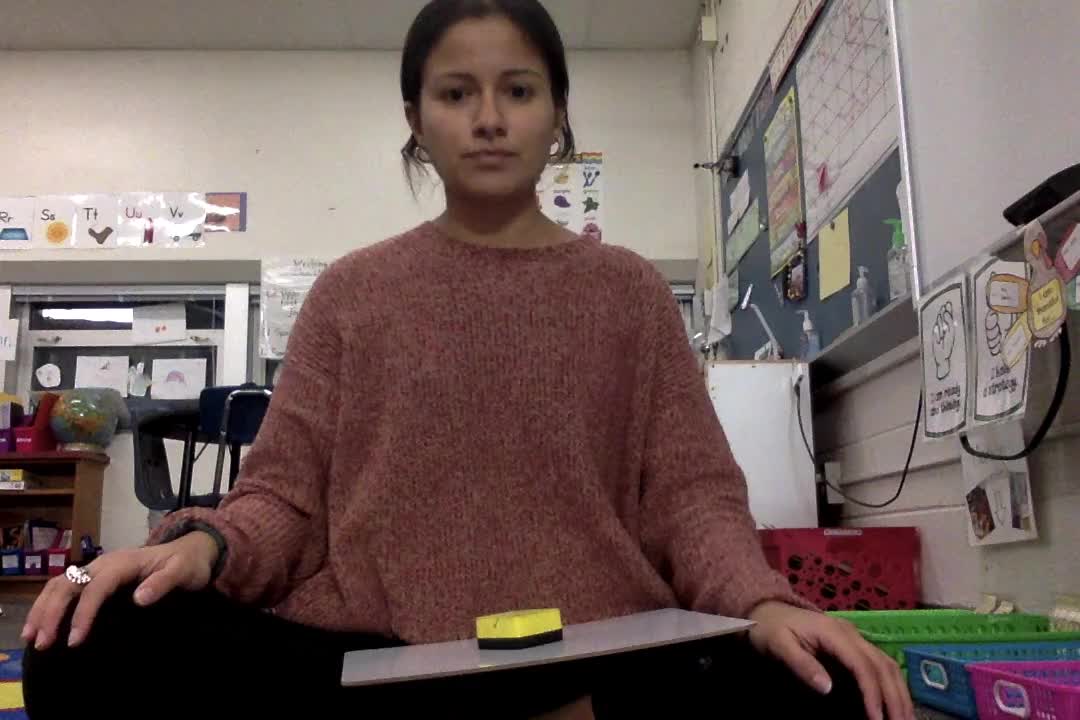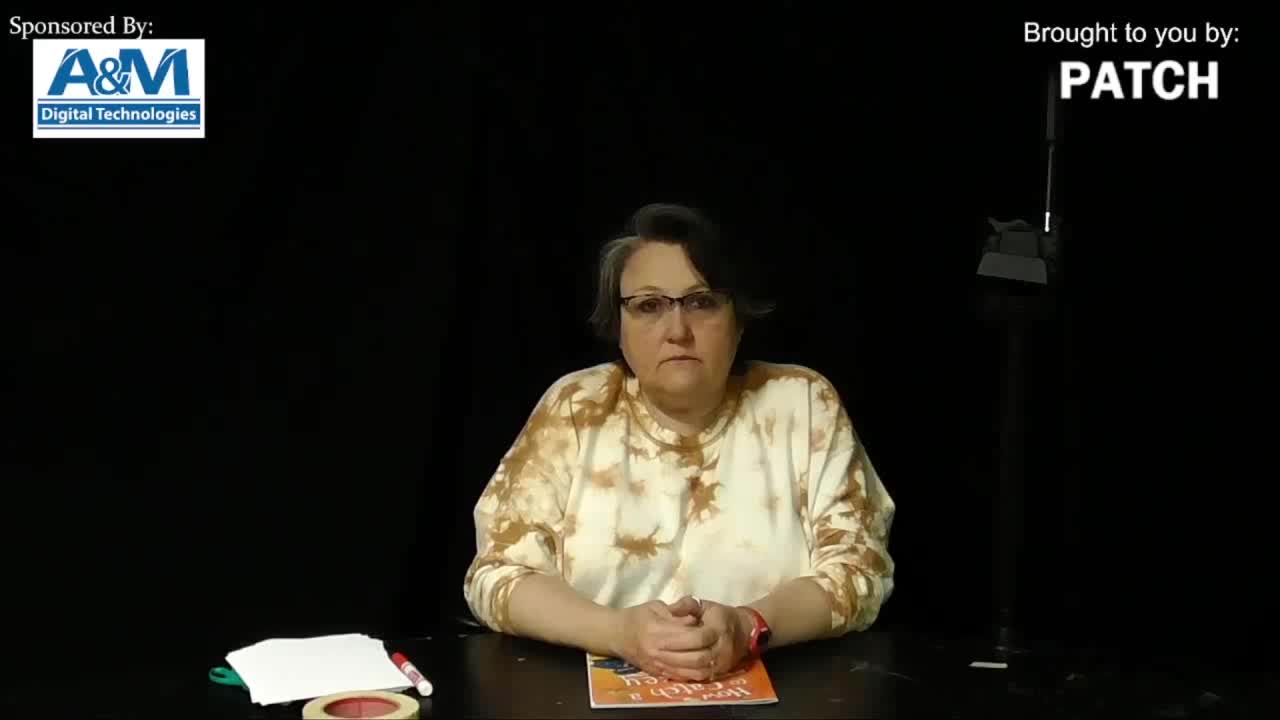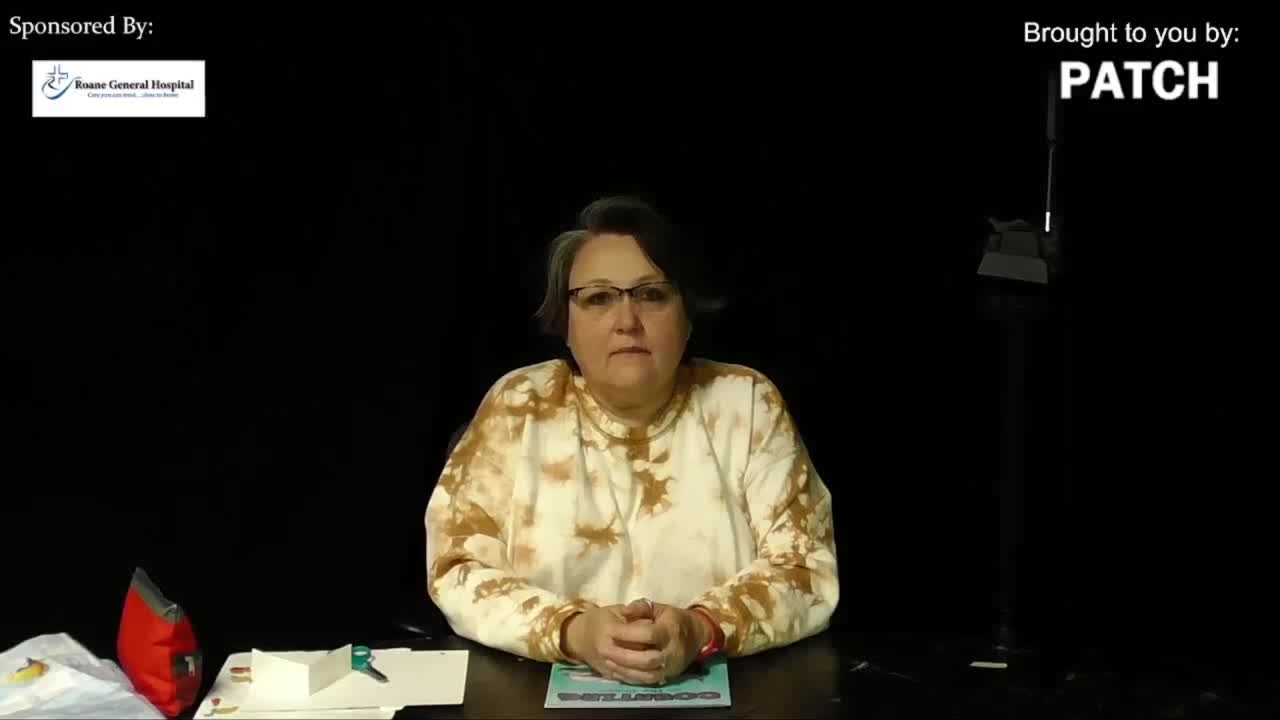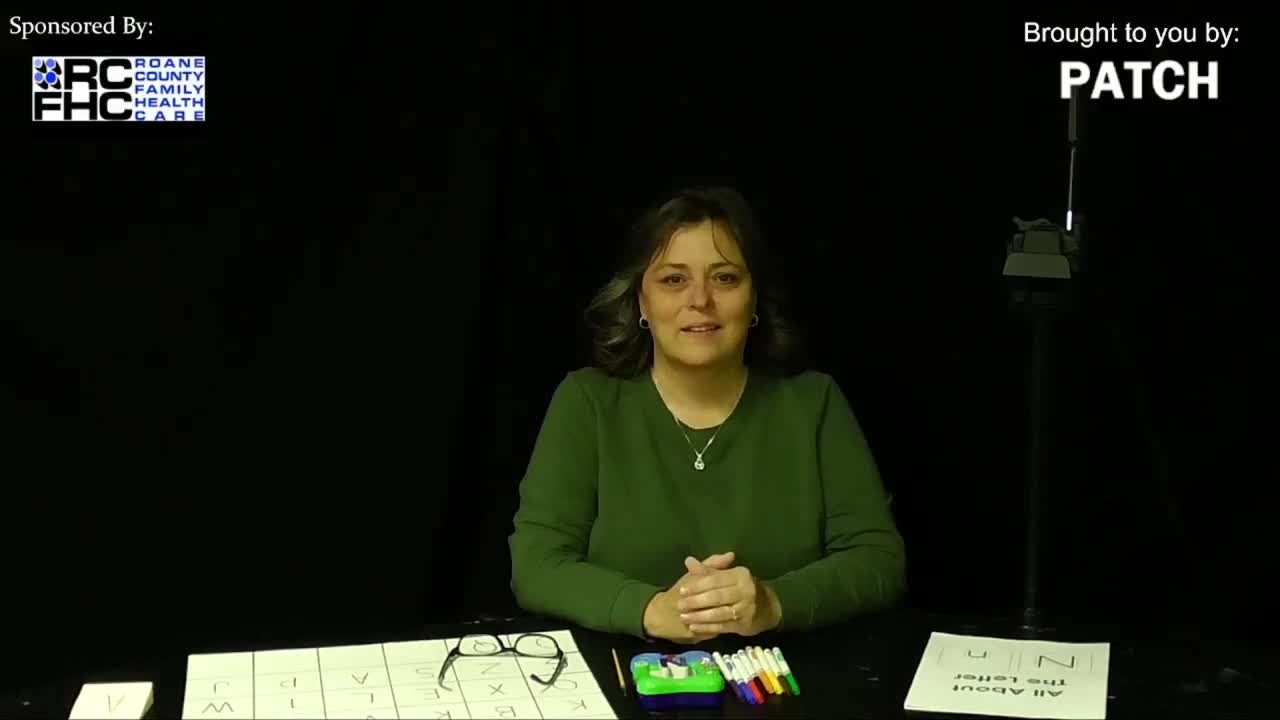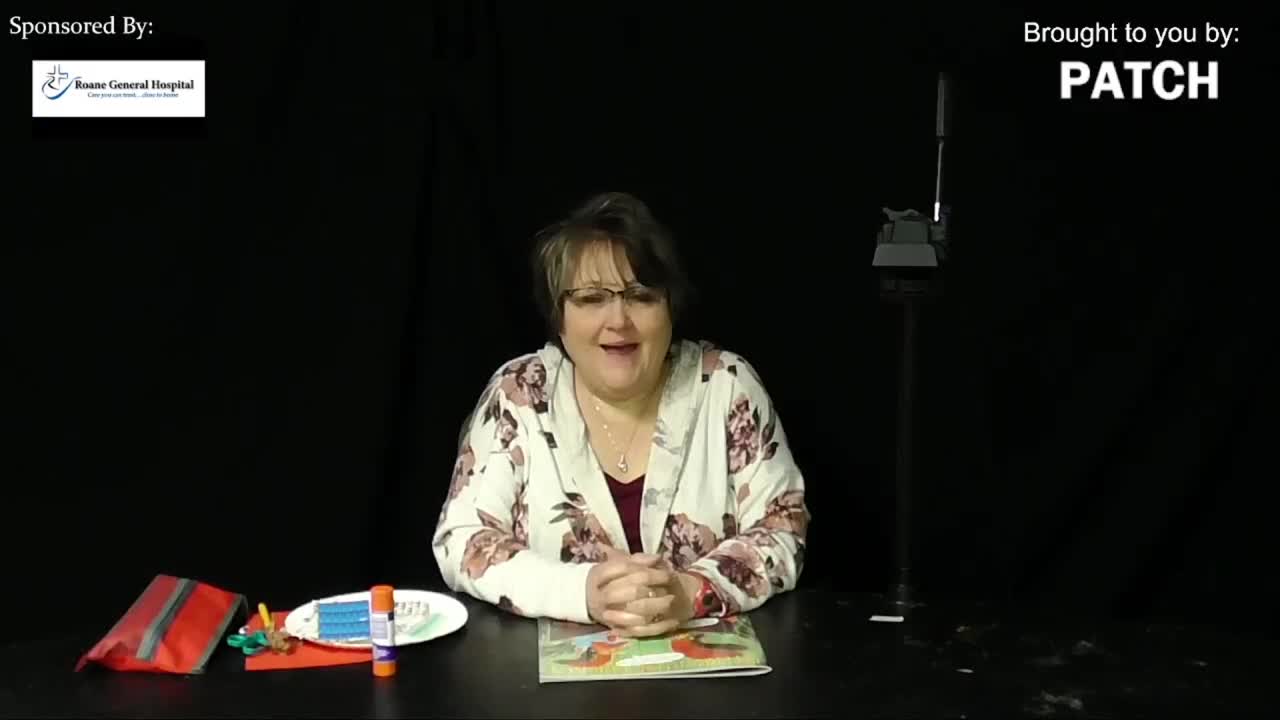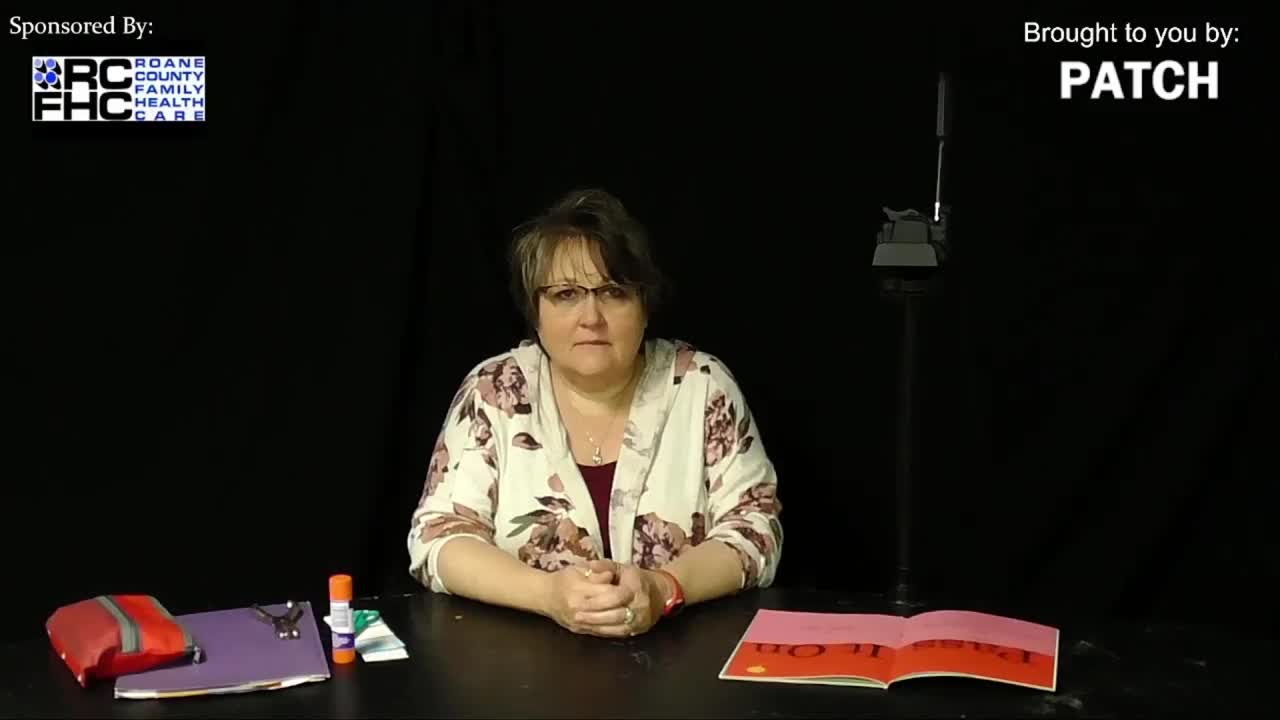SQ3R How-To Video
Elementary / Language Arts / Reading
Excellent introduction to the SQ3R Reading St
Hello and welcome to this introduction to the SQ3R Reading Technique.
The SQ3R Reading Technique was developed in 1946 and continues to be one of the best active learning skills a student can learn, develop and incorporate into their academic studying.
Too often students take the time to read something like a textbook chapter and afterwards realized they cannot caught much of the information. This is because reading by letting your eyes glance over the printed word is known as passive learning. You are waiting for the information to present itself. Unfortunately that rarely happens as the brain is not focus on achieving any specific learning goals.
A better alternative is active learning. This is when the student interacts and utilizes the information as he or she receives it. Active learning takes much more effort on the learner to interact with the text. Ultimately thought it provides far greater rewards to the student.
What is SQ3R? It is a 5 step process design for a student to learn information much more carefully and completely. The five steps are; Survey, Question, Read, Recite and Review. The full textual reading is sandwiched between pre and post reading activities.
The first pre-reading activity is the survey step. In survey, you will quickly look over and note comment elements of the chapter. These elements are often said of from the actual text in different fonts, colors, or can be found in the margins. This provide a framework of sketch of information contain within the actual paragraphs. The time it takes to survey a chapter varies but should be done rapidly.
The steps to surveying are; Read the title of the chapter. Skim the introduction. Read headings in the chapter. Look at visuals. Notice how many pages. Read vocabulary words. Check for summary and read it. Notice unique things about chapter. Let?s look at these steps in detail.
Read the title of the chapter. This is about the beginning of the chapter and distinguished by a larger font or color.
Skim the introduction. The introduction is represented of the chapter as a whole and usually sets the stage for themes and ideas. When skimming, do not read every word. Instead, look for dames, dates and any unusual verbs.
Read headings and subsequence for a sentences. This is because in many cases the first sentence of a paragraph contains the main idea. However, you may find that the authors of your textbook generally plays the main idea in the middle or end of a paragraph instead. Sometimes the main idea is implied or not stated at all. At this stage however you do not need to concern yourself with actually finding the main idea. If it?s present, great. If not, don?t stress.
Look at pictures and read the captions. The picture illustrate important people, items or events. They can give an idea of scale or scope and can really help the information to be more relevant.
Take a note of how many pages are in the chapter. Sometimes students feel the chapters are endless. Then it will help you budget your time to pace your reading as well as getting idea where the beginning, middle and end of the information occurs.
Notice vocabulary words and read them. They are often set off in bold face or colored font. For any vocabulary words that do not appear with definitions, look at the glossary, which most textbooks provided at the end of the book just before the index. Most of the time these vocabulary words are new to the reader or clarified which of the many definitions are being used in the text.
Check for a summary and read it. This is the chapter in a nutshell. As the summary concisely contains all of the important information in the chapter.
Finally, notice any other unique things about the chapter. Sometimes a textbook would include charts, graphs, related readings or special sections. If it is said off from the text, it is there to supplement additional information and bears attention. The survey step is concluded. If you are new to this you may found yourself trying to read every word or getting distracted by reading the paragraphs. You still have one more stop before the thorough reading however. This stop is th question stage.
Number 2 of our idea of the chapters content you are going to prepare goals and purposes to your upcoming reading. Turning subheadings into questions does this. The questions will guide your reading of the information and give you something immediate to do with it. Question words are; Who? What? When? Where? How? And Why? Try to use logical questions for example, the heading, ?The war begins? can be turned into, ?How did the war begin??. ?Washington and the continental army? can be turned into ?What was the relationship between Washington and the Continental Army?? or the ?Battle of Bunker Hill? can be questioned as what was the battle of bunker hill or where was it? You should write this questions on a separate sheet of paper for later review.
That was the time to actually to read the material as you read try to find the answers to your questions. If you find it that your questions were not brought enough, feel free to add questions about anything you find important. Highlight or underline the answers to your questions within the text. Being tedious in highlighting often students get carried away with the fluorescent markers. If this is you you may want to stick with underlining.
Immediately after reading a section or subsection take a moment and recite your question aloud. You may want to read it in your head but the effort to takes to read aloud will help you focus your understanding. Answer the question in your own words without the help of the text and make sure you understand the answer. If you find that you are missing information, re-read the text. If you still did not understand follow up as best you can and with additional research or jot down the question for your instructor.
When you read the entire chapter review your questions from the separate sheet of paper. Again, answer in your own words but referred to your highlighted parts if stuck. At the conclusion of the chapter you will have a good idea of its structure, have created questions for a study guide and underline or highlight relevant information. Even if you still have lingering questions for the next days class you will have interacted and demonstrated a desire to learn and find that you gain much more understanding than simply running your eyes over the text.
In conclusion, the SQ3R technique is a great way to actively read difficult material. It doesn?t promise to make a student love or even like the subject but facilitates the student reading and ultimately learning. Though it?s as a new way of reading will take some getting used to with time and practice you will find this approach a great study skill to develop. Incorporate the SQ3R technique into your homework. Engage its effectiveness for yourself.
Too often students take the time to read something like a textbook chapter and afterwards realized they cannot caught much of the information. This is because reading by letting your eyes glance over the printed word is known as passive learning. You are waiting for the information to present itself. Unfortunately that rarely happens as the brain is not focus on achieving any specific learning goals.
A better alternative is active learning. This is when the student interacts and utilizes the information as he or she receives it. Active learning takes much more effort on the learner to interact with the text. Ultimately thought it provides far greater rewards to the student.
What is SQ3R? It is a 5 step process design for a student to learn information much more carefully and completely. The five steps are; Survey, Question, Read, Recite and Review. The full textual reading is sandwiched between pre and post reading activities.
The first pre-reading activity is the survey step. In survey, you will quickly look over and note comment elements of the chapter. These elements are often said of from the actual text in different fonts, colors, or can be found in the margins. This provide a framework of sketch of information contain within the actual paragraphs. The time it takes to survey a chapter varies but should be done rapidly.
The steps to surveying are; Read the title of the chapter. Skim the introduction. Read headings in the chapter. Look at visuals. Notice how many pages. Read vocabulary words. Check for summary and read it. Notice unique things about chapter. Let?s look at these steps in detail.
Read the title of the chapter. This is about the beginning of the chapter and distinguished by a larger font or color.
Skim the introduction. The introduction is represented of the chapter as a whole and usually sets the stage for themes and ideas. When skimming, do not read every word. Instead, look for dames, dates and any unusual verbs.
Read headings and subsequence for a sentences. This is because in many cases the first sentence of a paragraph contains the main idea. However, you may find that the authors of your textbook generally plays the main idea in the middle or end of a paragraph instead. Sometimes the main idea is implied or not stated at all. At this stage however you do not need to concern yourself with actually finding the main idea. If it?s present, great. If not, don?t stress.
Look at pictures and read the captions. The picture illustrate important people, items or events. They can give an idea of scale or scope and can really help the information to be more relevant.
Take a note of how many pages are in the chapter. Sometimes students feel the chapters are endless. Then it will help you budget your time to pace your reading as well as getting idea where the beginning, middle and end of the information occurs.
Notice vocabulary words and read them. They are often set off in bold face or colored font. For any vocabulary words that do not appear with definitions, look at the glossary, which most textbooks provided at the end of the book just before the index. Most of the time these vocabulary words are new to the reader or clarified which of the many definitions are being used in the text.
Check for a summary and read it. This is the chapter in a nutshell. As the summary concisely contains all of the important information in the chapter.
Finally, notice any other unique things about the chapter. Sometimes a textbook would include charts, graphs, related readings or special sections. If it is said off from the text, it is there to supplement additional information and bears attention. The survey step is concluded. If you are new to this you may found yourself trying to read every word or getting distracted by reading the paragraphs. You still have one more stop before the thorough reading however. This stop is th question stage.
Number 2 of our idea of the chapters content you are going to prepare goals and purposes to your upcoming reading. Turning subheadings into questions does this. The questions will guide your reading of the information and give you something immediate to do with it. Question words are; Who? What? When? Where? How? And Why? Try to use logical questions for example, the heading, ?The war begins? can be turned into, ?How did the war begin??. ?Washington and the continental army? can be turned into ?What was the relationship between Washington and the Continental Army?? or the ?Battle of Bunker Hill? can be questioned as what was the battle of bunker hill or where was it? You should write this questions on a separate sheet of paper for later review.
That was the time to actually to read the material as you read try to find the answers to your questions. If you find it that your questions were not brought enough, feel free to add questions about anything you find important. Highlight or underline the answers to your questions within the text. Being tedious in highlighting often students get carried away with the fluorescent markers. If this is you you may want to stick with underlining.
Immediately after reading a section or subsection take a moment and recite your question aloud. You may want to read it in your head but the effort to takes to read aloud will help you focus your understanding. Answer the question in your own words without the help of the text and make sure you understand the answer. If you find that you are missing information, re-read the text. If you still did not understand follow up as best you can and with additional research or jot down the question for your instructor.
When you read the entire chapter review your questions from the separate sheet of paper. Again, answer in your own words but referred to your highlighted parts if stuck. At the conclusion of the chapter you will have a good idea of its structure, have created questions for a study guide and underline or highlight relevant information. Even if you still have lingering questions for the next days class you will have interacted and demonstrated a desire to learn and find that you gain much more understanding than simply running your eyes over the text.
In conclusion, the SQ3R technique is a great way to actively read difficult material. It doesn?t promise to make a student love or even like the subject but facilitates the student reading and ultimately learning. Though it?s as a new way of reading will take some getting used to with time and practice you will find this approach a great study skill to develop. Incorporate the SQ3R technique into your homework. Engage its effectiveness for yourself.






